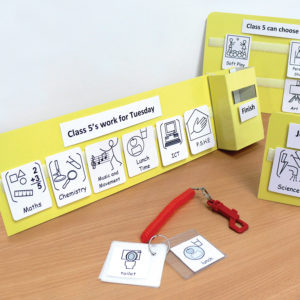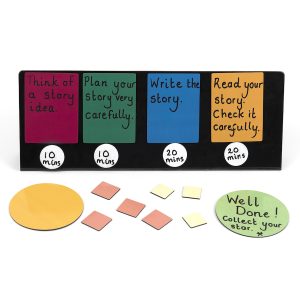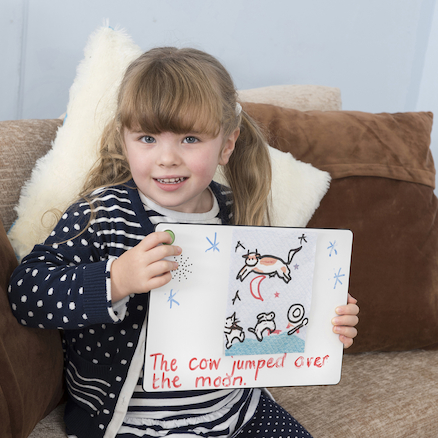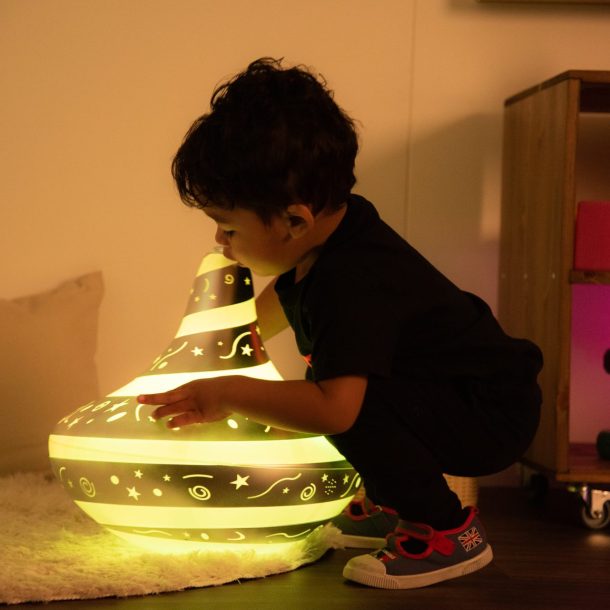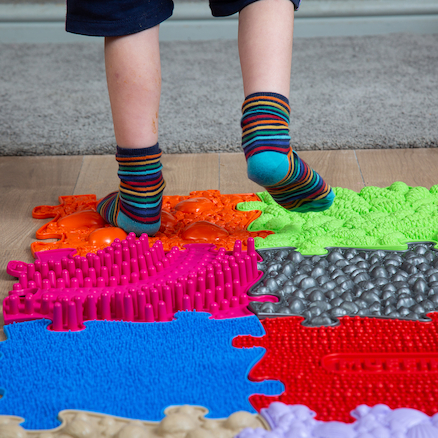Children with hearing loss may experience language development issues and difficulty accessing the curriculum. And, like all pupils, they will have their individual needs.
Quick Information about hearing loss
Some key considerations include the following:
- Pupils with hearing aids may still have difficulty hearing.
- Some pupils may hear high pitches while others may only distinguish hushed tones.
- Sometimes, hearing loss is accompanied by a sensitivity to certain sounds.
- Pupils may also have tinnitus (ringing in the ears), which can affect concentration.
- It can be tiring for pupils with hearing loss to listen and engage throughout the school day, and they may experience listening fatigue.
- Pupils may be able to hear in some environments but not in others.
- If a child has hearing loss in one ear only, they may find it difficult to localise sound.
- Congestion from colds, the flu, or allergies can cause further hearing difficulties.
The following accommodations are a good starting point:
-
Use visual aids in your teaching
Children with hearing difficulties may rely heavily on visual information when navigating the classroom environment. Images and flashcards can enrich a child’s learning experience and visual timetables can help children understand the structure of the school day.
Ensure you introduce new concepts in small steps and try to keep directions concise and simple. Support your verbal instructions with visuals and write them on a board, so there is a point of reference for the pupils.
-
Make sure your face is visible
Our faces are a rich source of social, emotional, and linguistic cues for all children. Ensure you face children with hearing loss when speaking to them and speak clearly and slowly to enable lipreading. Be careful not to cover your mouth when speaking. If wearing a facemask, opt for one with a clear panel, if possible, so that your lips are visible.
-
Use gestures
Even small gestures such as a nod of the head or a thumbs up can help a child with hearing difficulties to feel part of the classroom community.
The use of some basic sign language alongside keywords and routines can also be an effective tool. And, learning signs together, as a class, can enhance the sense of community.
-
Employ a hearing buddy system
Connect pupils with hearing conditions with a hearing buddy—a close friend who can help to repeat any information that the child may have missed. This is a particularly effective strategy in noisy or echoey school areas, such as a canteen, hall, or playground.
-
Explore technology
There are many ways you can incorporate the use of technology in your classroom to support children with hearing loss in their learning.
Learn about hearing assistive technology
If a pupil in your class wears hearing aids or cochlear implants, or uses any other assistive technology, ensure you speak to their parents, so you understand how the technology works. Some children may need support checking that their hearing aids or cochlear implants are functioning properly.
Use an FM system/radio aid
Some pupils who have difficulty hearing speech in background noise may use a personal FM device that works with their hearing aids or cochlear implants. The teacher wears a microphone transmitter, and the child is able to hear the teacher’s voice directly through the FM device, cutting out background noise.
For assemblies, ensure that the person giving the assembly wears the microphone. And, for classroom discussions, pupils can pass around the microphone so that the child with hearing loss will be able to hear other pupils’ voices.
Have fun with the interactive whiteboard
Include visually engaging games and activities on the interactive whiteboard to encourage the involvement of all pupils in lessons.
Investigate live transcription
Transcription tools and apps can be used on computers, tablets, mobile phones and even displayed on an interactive whiteboard. These convert a person’s voice to text on a screen, allowing pupils to follow the classroom discussion by reading it in real-time.
Enable captioning
For children of reading age, make sure captioning is enabled on videos.
-
Celebrate differences
Children with hearing difficulties may feel alone in their classroom experience. The physical appearance of hearing aids or implants may bring further anxiety. You may also find that pupils have questions about a peer’s hearing technology. Help create a feeling of community amongst your pupils by talking about similarities and differences and likes and dislikes.
-
Talk about hearing loss
Ensure the lines of communication with your pupils are always open so that comfortable communication is happening regularly, and they feel at ease speaking to you about any difficulties.
It can be helpful to come up with a signal that pupils with hearing loss can use to alert the teacher to any problems in understanding. This could be something as simple as cupping a hand behind the ear.
The suggested modifications and techniques in this article can enhance the learning environment for all pupils, not just those with hearing loss. When making accommodations for children with hearing loss, be sure to include the entire class, to help to create unity.
With thanks to Carly Sygrove for writing this blog.
Carly Sygrove is a hearing health advocate who has single-sided deafness. With 14 years of experience working as an Early Years teacher in schools in the UK, Spain, China and Thailand, her professional background is deeply rooted in Education.
In 2016, she experienced a sudden hearing loss in her left ear, which impacted her career, teaching her some valuable lessons about accessibility and inclusion.
She writes about living with hearing loss at My Hearing Loss Story and manages an online support group for people with hearing loss. She is also the founder of the Sudden Hearing Loss Support website, a source of information and support for people affected by sudden hearing loss.

